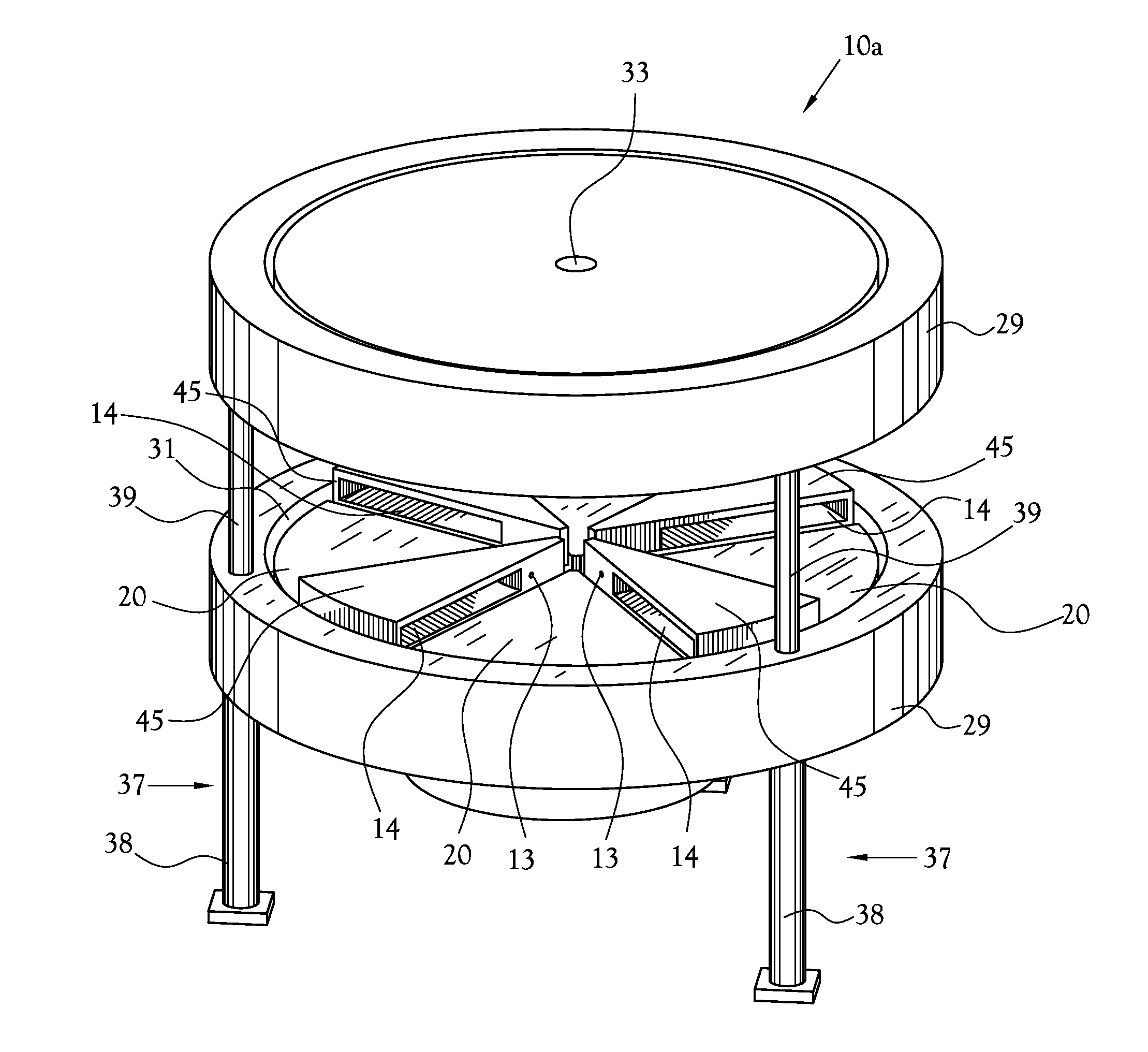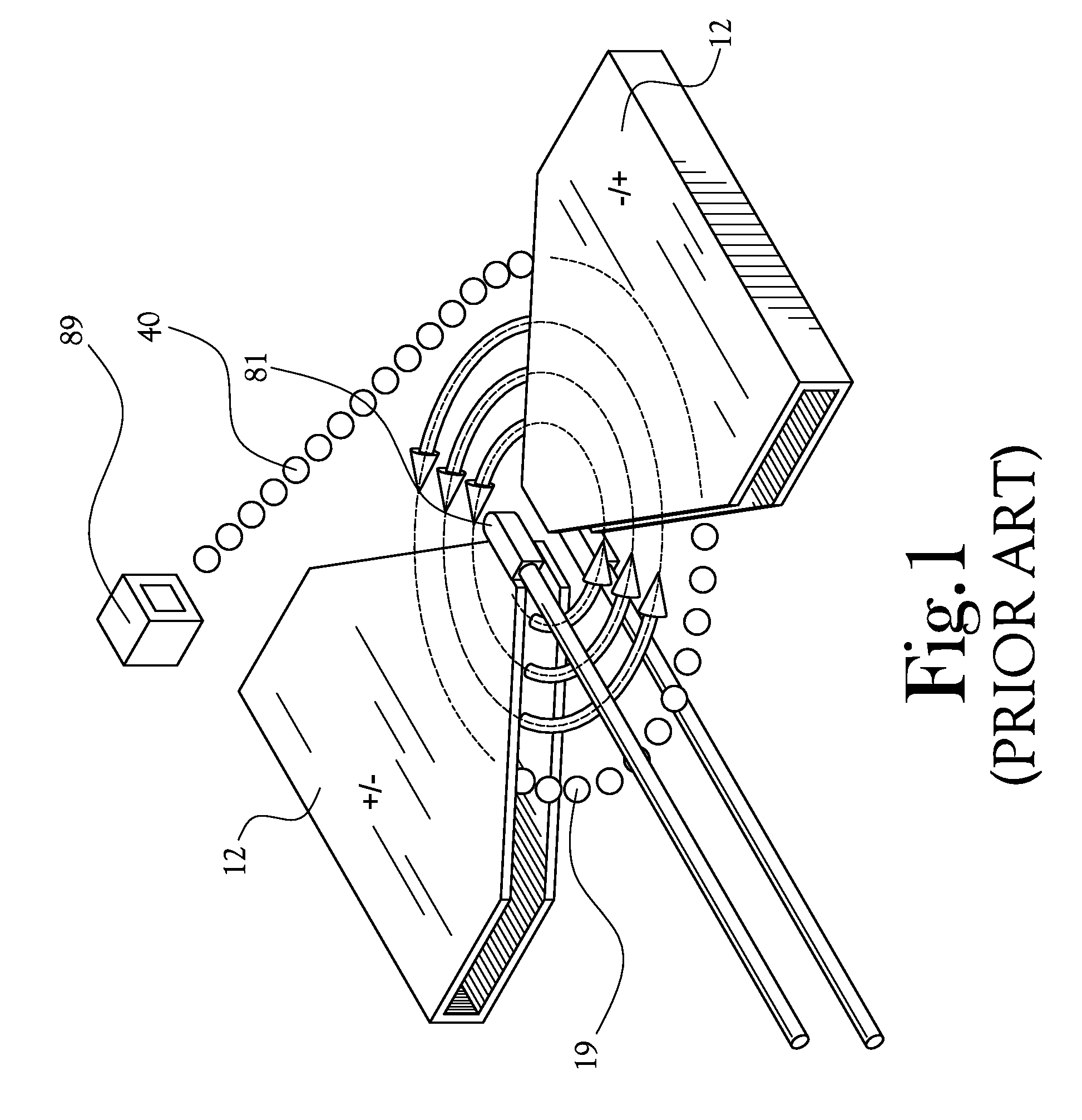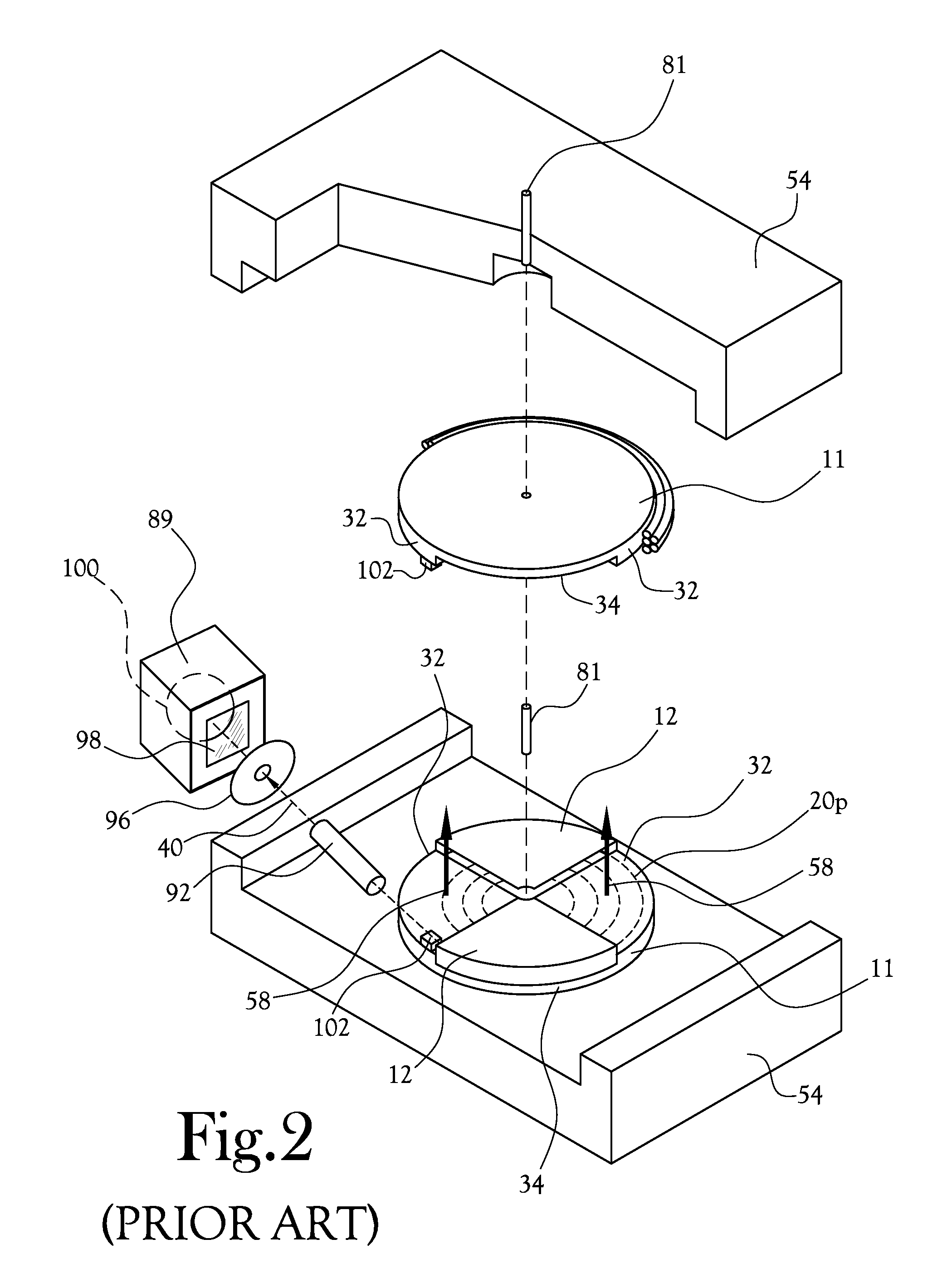Biomarker Generator
a biomarker and generator technology, applied in the direction of optical radiation measurement, instruments, therapy, etc., can solve the problems of limiting the heat transfer and mass transport rate, lengthening the processing time, and limiting the production yield fraction of a conventional radiopharmaceutical synthesis system, so as to achieve significant more efficient, shorter reaction time, and high yield
- Summary
- Abstract
- Description
- Claims
- Application Information
AI Technical Summary
Benefits of technology
Problems solved by technology
Method used
Image
Examples
Embodiment Construction
[0037]An improved biomarker generator and a method suitable for efficiently producing short lived radiopharmaceuticals in quantities on the order of a unit dose is described in detail herein and illustrated in the accompanying figures. The improved biomarker generator includes a particle accelerator and a radiopharmaceutical micro-synthesis system. The micro-accelerator of the improved biomarker generator is optimized for producing radioisotopes useful in synthesizing radiopharmaceuticals in quantities on the order of one unit dose allowing for significant reductions in size, power requirements, and weight when compared to conventional radiopharmaceutical cyclotrons. The radiopharmaceutical micro-synthesis system of the improved biomarker generator is a small volume chemical synthesis system comprising a microreactor and / or a microfluidic chip and optimized for synthesizing the radiopharmaceutical in quantities on the order of one unit dose allowing for significant reductions in the...
PUM
 Login to View More
Login to View More Abstract
Description
Claims
Application Information
 Login to View More
Login to View More - R&D
- Intellectual Property
- Life Sciences
- Materials
- Tech Scout
- Unparalleled Data Quality
- Higher Quality Content
- 60% Fewer Hallucinations
Browse by: Latest US Patents, China's latest patents, Technical Efficacy Thesaurus, Application Domain, Technology Topic, Popular Technical Reports.
© 2025 PatSnap. All rights reserved.Legal|Privacy policy|Modern Slavery Act Transparency Statement|Sitemap|About US| Contact US: help@patsnap.com



